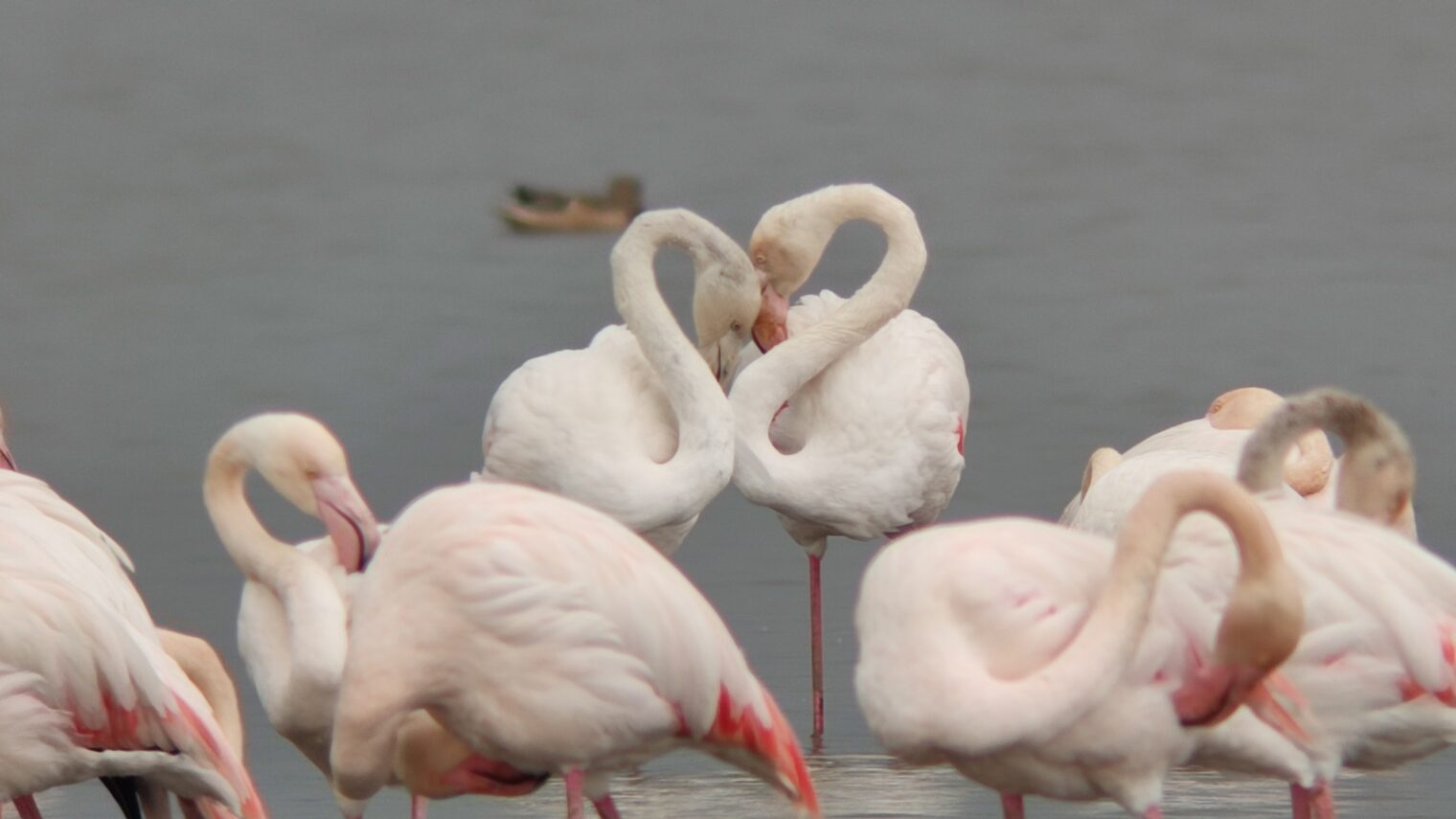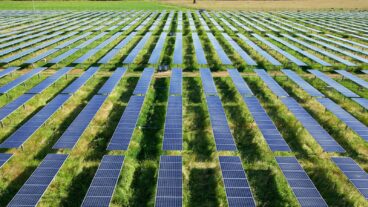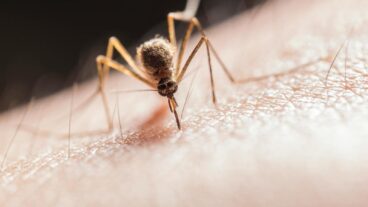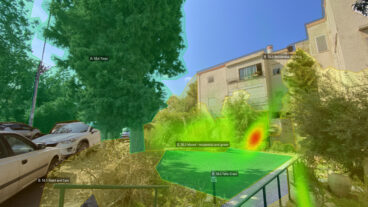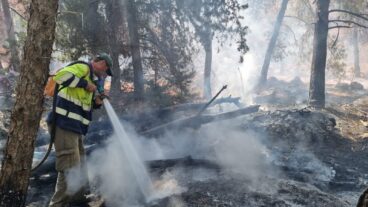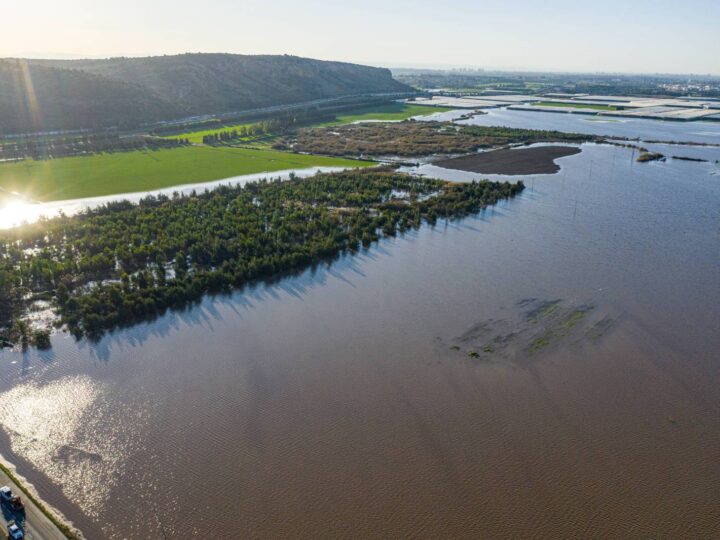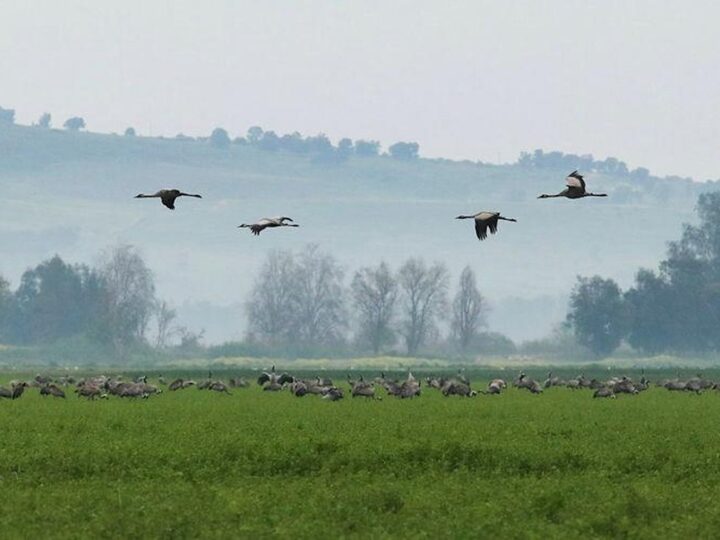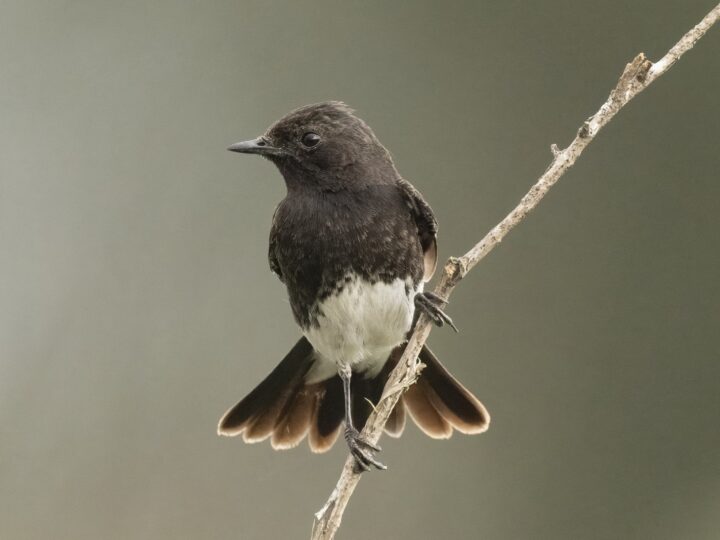Up until a few years ago, the only place to see flamingos in Israel was the zoo. But now, you can find the gorgeous pink birds in what has become their increasingly natural – if still somewhat temporary – habitat in Israel.
“The story of the flamingos is a truly fascinating one,” explains Inbar Shlomit Rubin, the field, content and guide manager at the KKL-JNF Hula Lake Park in northern Israel that is currently home to many of the birds. Another few hundred flamingos can be found in Eilat.
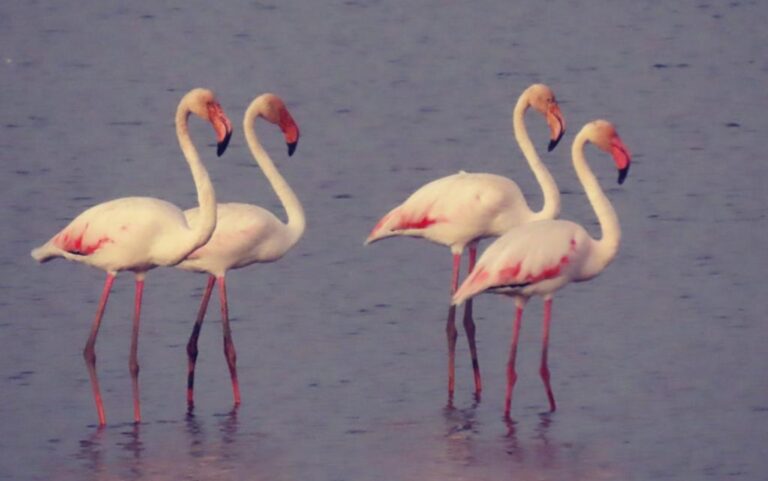
“Up until eight to 10 years ago, the flamingo was considered a rare and transient species. It used to migrate through but didn’t stay here in winter or summer. Seeing it here was an experience that got all the birdwatchers jumping in their cars and coming to see it.”
But over the past few years, she continues, flamingos have started coming in larger numbers and staying for longer time periods.
“They still only arrive during migration season in fall and in spring, but they’re suddenly staying for a week or two,” she notes.
“Numbers this year are also very high, around 200, and they’ve been here a long time. It’s already the middle of December, at the end of the fall migration season.
“That’s a change in their behavior. In the last few years, we’ve seen many possible reasons for it: climate change, [less] rainfall in Africa, long droughts, changes to agricultural regimes. We have been seeing changes to the migratory routes of birds.”
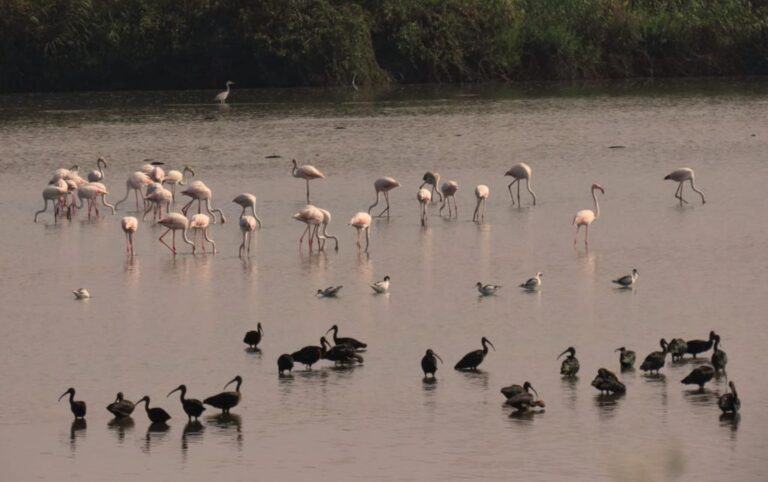
Spies from Iran?
The flamingos currently residing in Israel originate in Iran, and they’re now on their way to Africa for the winter.
“I just hope they won’t be accused of being spies,” Rubin jokes.
The flamingos are overall rather mysterious guests, she notes.
“Since it’s a bird we’re not used to seeing here we don’t have a lot of information on their movement. In many other cases of birds, we attach transmitters or mark them with rings and then we get the information,” she says.
“But it’s still new here and we haven’t carried out research, and I don’t know whether the Iranians have carried out research, but that anyhow isn’t in cooperation with us.”
The fact that they’re still here, she adds, means they might make Israel their home for the season.
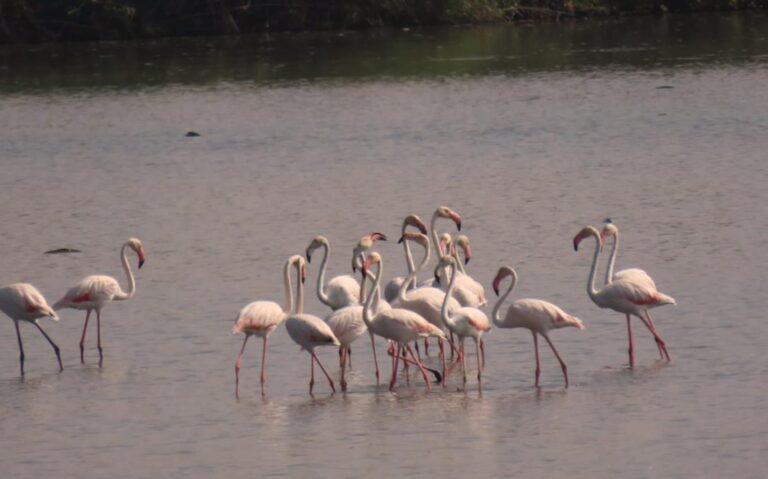
While Hula Lake is one of the most important safe havens for migrating birds on their travels across continents, providing them with food and safe surroundings, it isn’t the obvious choice of home for flamingos.
This is because Hula is a sweet-water lake, and flamingos traditionally prefer salty water.
“But it seems that they’re doing just fine also in the sweet water. They feed on all types of mollusks, water worms and invertebrates. Their variety is very large, and it seems that they have plenty of food in the lake,” she says.
“It really is a process of change that’s happening, and we’re now mostly busy admiring the phenomenon because it’s really fun and so beautiful.”
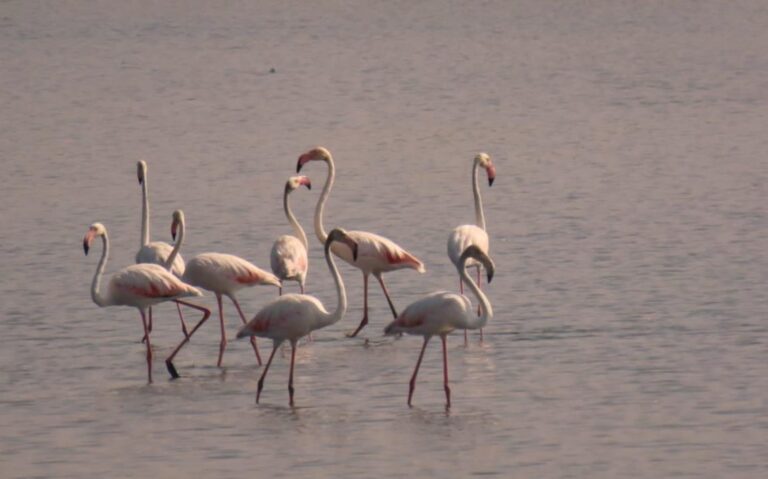
Light pollution
Whether we’ll be seeing flamingos take a prolonged rest in Israel in future years remains to be seen.
“You can never know. In nature, anything goes. There really are so many factors involved, some of which we can notice, but there are so many things we don’t really know,” Rubin explains.
“For example, one of the things being contemplated now is the issue of light pollution. If in the past the sun set and it was dark, nowadays very large areas, even those that aren’t inhabited, are lit 24/7.”
Aside from the effects that has on the animals’ biological clock and fertility, scientists believe light pollution impacts migratory routes.
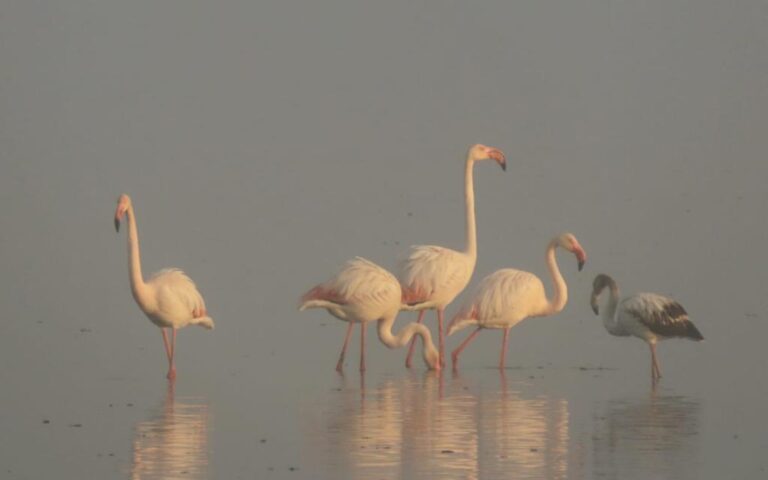
“Birds that migrate at night, such as cranes and flamingos, rely on reflection from water bodies. The light pollution can really confuse these migrating birds and that could be one of the things that make them deviate from their regular route,” says Rubin.
“But that’s just one theory, and it’s likely that we need to consider multiple factors, most of which we don’t know about yet.”
Click here to watch the action live from Hula Lake.




